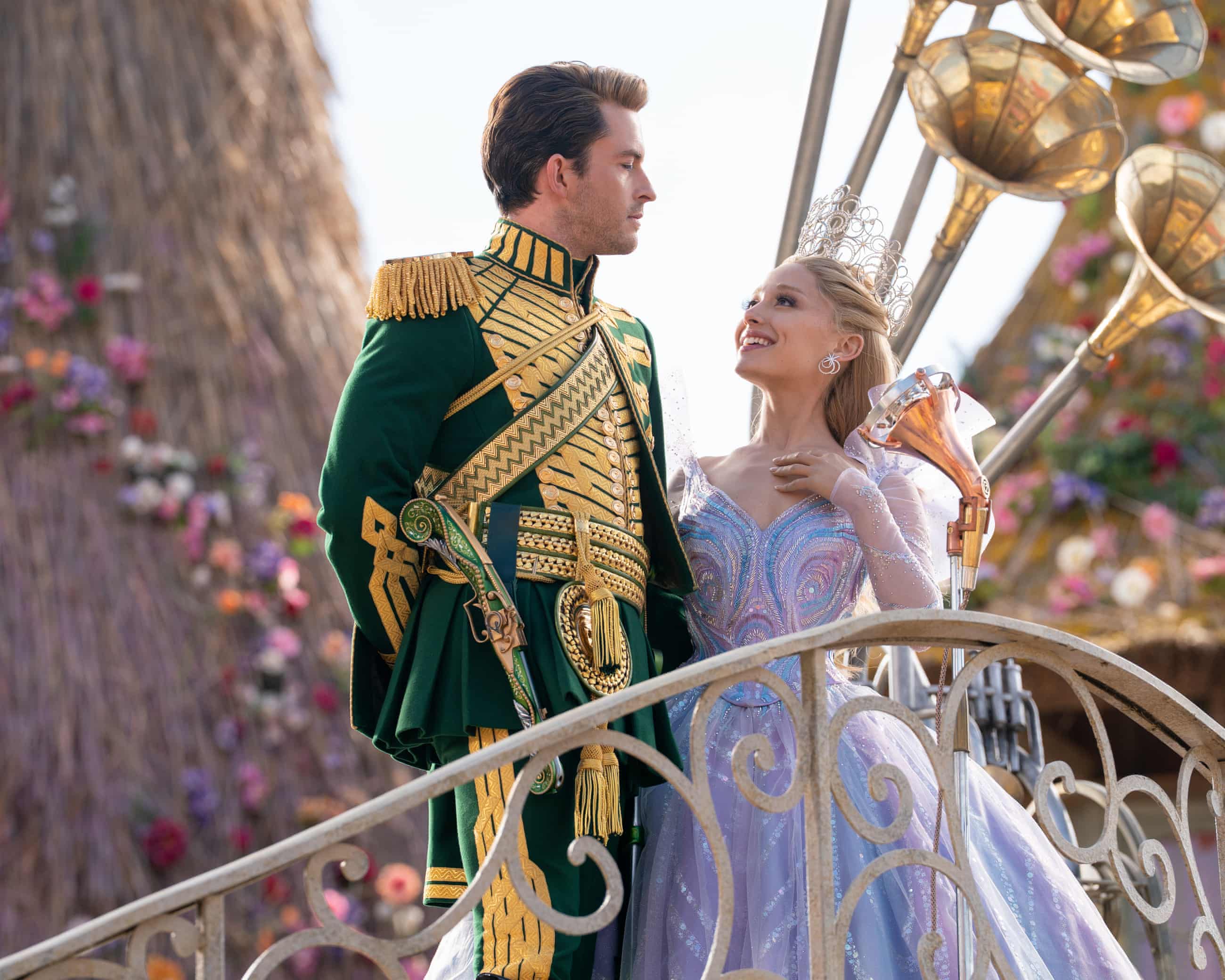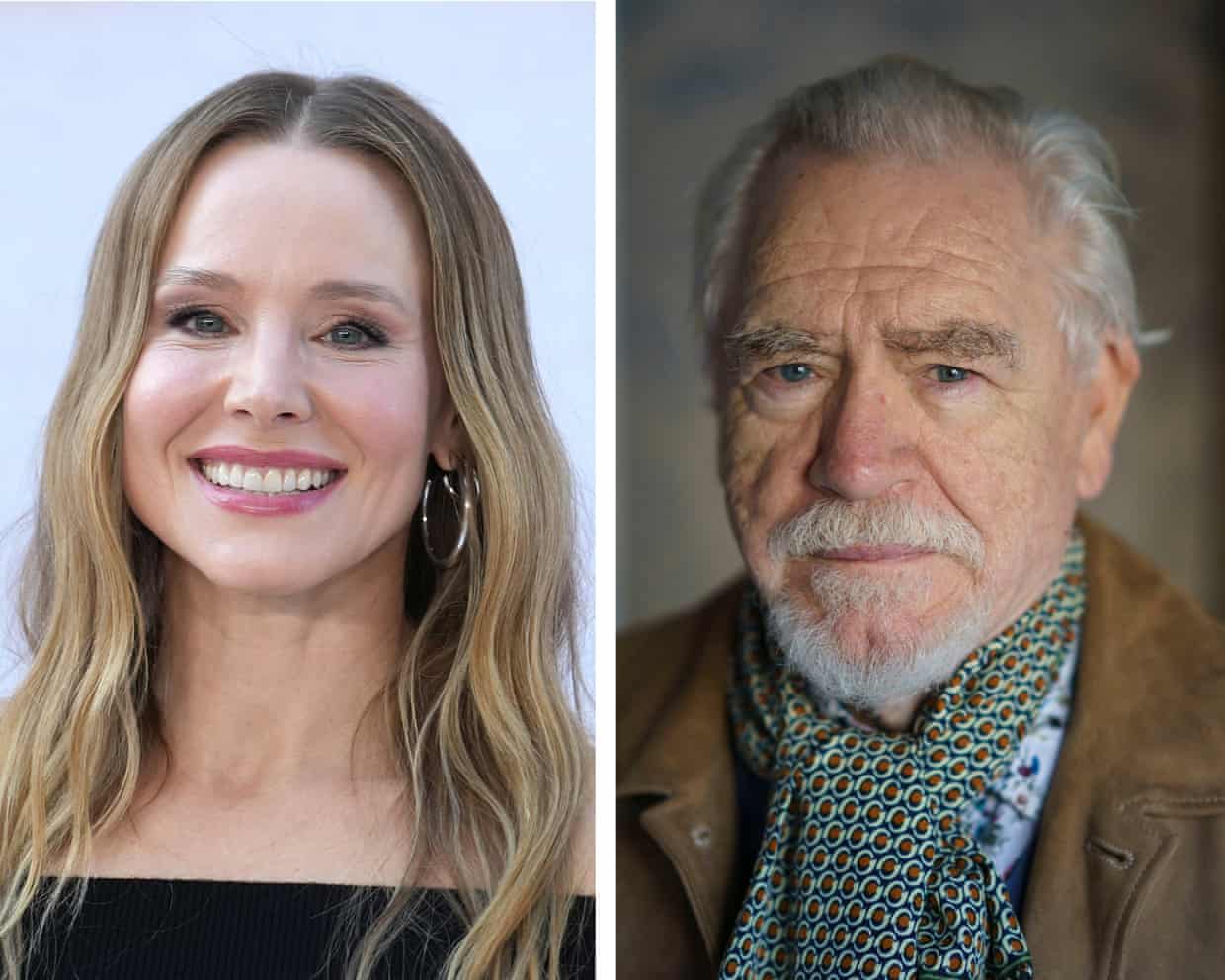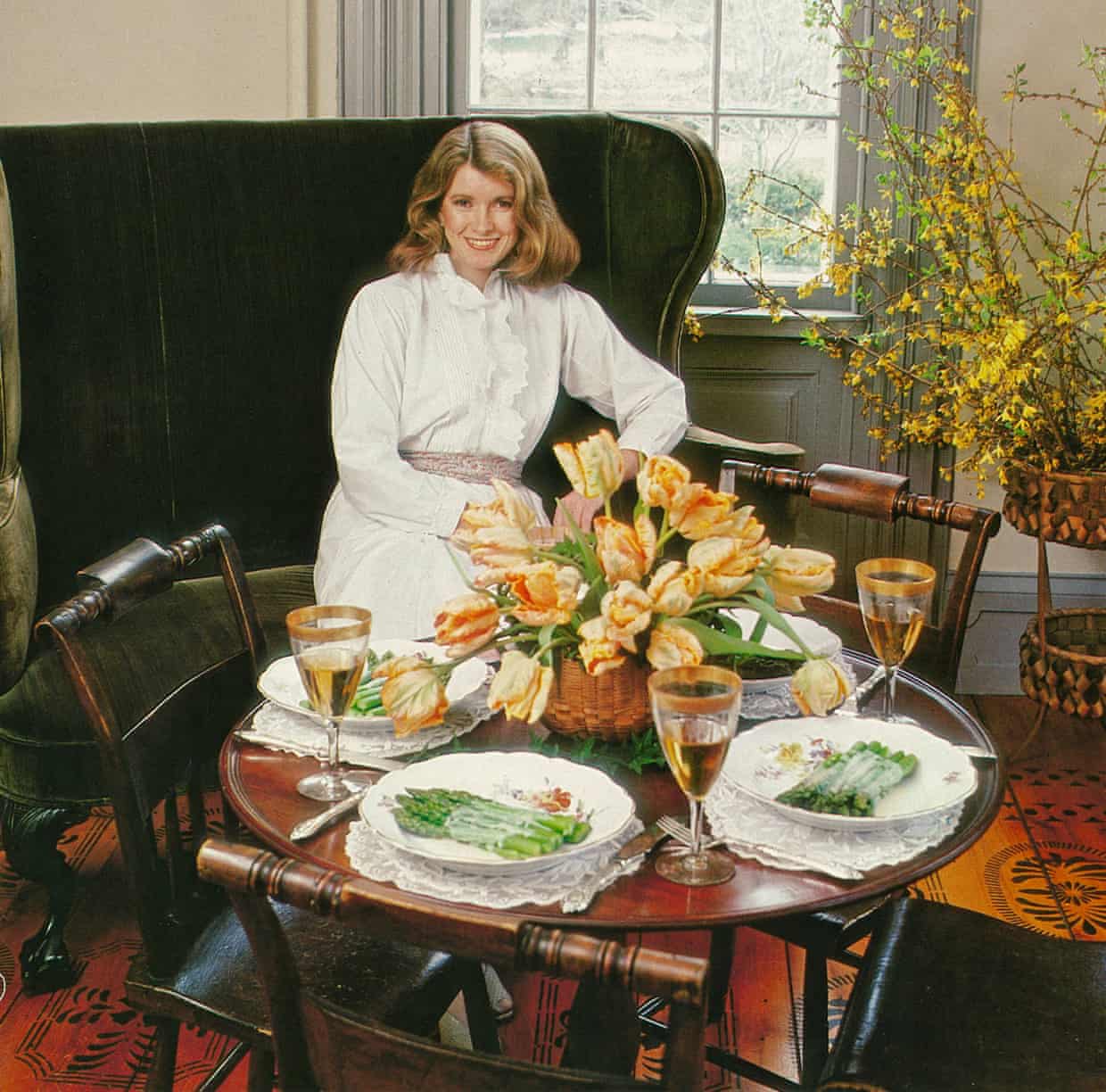The NBA’s dress code was seen as policing Black culture. Instead it inspired a fashion revolution

Twenty years after the league introduced its controversial policy, many players see it as helping them develop self-expressionLonzo Ball froze in confusion.The question – “What do you think about the NBA dress code?” – hung in the air for a second before he cracked a sheepish grin.“There’s a dress code?” he said, smiling.Twenty years after the introduction of a rule that once roiled the league and ignited a culture war over image and identity, one of the NBA’s current players didn’t even know it existed.“Now do-rags are flying, along with jerseys and baggy stuff,” said Ball, a point guard for the Cleveland Cavaliers.
“I didn’t know we had a dress code.I just knew we had to put something on.”Former NBA commissioner David Stern instituted the dress code, which went into effect at the start of the 2005–06 season.The policy has been relaxed since Adam Silver succeeded Stern in 2014, but the initial rollout – as with most change – came with controversy and pushback.The code required all players to dress in business or conservative attire when arriving and departing games, on the bench when injured, and when conducting official NBA business.
Players bristled at the announcement because the policy effectively banned oversized T-shirts, do-rags, jerseys, and other “hip-hop-inspired” attire,The league’s move was widely seen as a critique of Black culture – a policing of expression and a response to the NBA’s discomfort with hip-hop aesthetics that had become inseparable from basketball itself,The backlash was immediate, loud, and deeply personal,For many, it was also a direct attack on Philadelphia 76ers guard Allen Iverson, who became the poster child for what not to wear,Iverson, then one of the biggest stars in the league, was known for his tattoos, braids, and baggy gear.
In a recent interview on The Breakfast Club radio show and podcast, Iverson said his influence on other players helped trigger the NBA’s response.“David Stern and the rest of the NBA were like, ‘No,’ because it was all right when I was doing it,” Iverson recalled.“But then everybody else said, ‘OK, if he can do that, we can do this.’ You see Kobe coming in with diamond chains and baggy clothes, and everyone started doing it.Then the league was like, ‘Hold on, we’ve got to do something about that.
’”Twenty years later, that moment – once seen as a culture war between the league office and players – has come to represent something far more complicated.Instead of erasing individuality, the rule inadvertently helped create a fashion renaissance that reshaped both the NBA and global style.What began as a mandate for “professionalism” evolved into tunnels lined with photographers, endorsement deals with high-fashion brands, and players driving global trends in ways the league never imagined.Former NBA forward Ira Newble, who remains racially conscious, vividly remembers the tension.“Everyone seemed upset and up in arms about the dress code,” Newble, who was playing for the Cavaliers when the ban came in, says.
“No one wanted to have a dress code,It was a big deal,”Players were used to traveling in sweats, hoodies, or whatever felt comfortable during long road swings,The style of the time – oversized clothing, long white tees, and baggy jeans – was heavily linked to hip-hop culture,“My style at that time reflected hip-hop culture,” Newble says.
“I had the braids and wore baggy clothes.The sentiment among players was that the NBA was trying to take away from the cultural end.Iverson was an influence of that culture.That’s what the controversy was about.It felt as though they were trying to change and get rid of hip-hop culture.
”But Newble also recognizes how the moment evolved.“Everything kind of grew in a different direction where hip-hop culture can still be embraced within the dress code,” he says.“So it’s cool to see how it evolved.”Inside the league offices, the intent was different, according to Kathy Behrens, the NBA’s president of social responsibility and player programs.“We felt at the time that it was important for our players to present themselves in a more professional fashion when on league business,” Behrens says.
“We were not demanding a suit culture, but we did want to raise the level of how players showed up.”She says the league anticipated pushback, but emphasized it was never meant to sanitize hip-hop expression.“We knew what the goal was, and it had nothing to do with changing our players’ fashion or culture,” she says.“We talked with many players about this change before implementing it.”What the NBA didn’t expect, Behrens admits, was what happened next.
“The reality is our players embraced the change very quickly and truly raised the level much higher than we anticipated,” she says,“Pre-game ‘fits’ became a thing,It soon became a competition over who could dress the best,How you dress became a cultural touchpoint,”Two decades later, the league still maintains a dress policy, though it has evolved with changing definitions of “professional attire” and is not as strict as it once was, allowing the players to be more creative with their fashion choices.
But the legacy remains.“When the people most impacted by it embrace it the way our players have, you have to feel that it worked as intended,” Behrens says.Sign up to Soccer with Jonathan WilsonJonathan Wilson brings expert analysis on the biggest stories from European soccerafter newsletter promotionWhen the rule came in, Jameer Nelson was in his second NBA season with the Orlando Magic.Nelson, now the 76ers’ assistant general manager, can appreciate how the policy unified the league.“So it didn’t affect me either way,” Nelson says.
“But it was cool to see the brotherhood, the fraternity of basketball players, move in the same direction, whether we liked it or not.”Nelson laughs at how players have flipped the narrative completely.“You can see now how the personalities are being shown through fashion,” he says.“I have my own style, more old school, more casual.Somebody told me yesterday I dress hip-hop slash front office.
”He says players today simply have more tools to showcase their creativity.“These brands, because of social media, take advantage of it,” Nelson says.“If social media was as big back in 2005, we probably would’ve done the same thing.Getting dressed is art.It’s how you express yourself without even speaking.
”Few players symbolize that shift more than those in the current era, where tunnel entrances resemble fashion runways and some players are followed by photographers and videographers from the parking garage to the locker room,Take Cavaliers star Darius Garland, considered one of the team’s most fashionable players,He marvels at how far things have come,“The league implemented a dress code 20 years ago – that’s crazy,” Garland says,“Now we can put on our own stuff.
We can express ourselves.”To Garland, fashion and business are intertwined.“A lot of guys have different avenues of revenue with clothing pieces,” he says.“Guys have Lululemon deals, Armani deals.It’s crazy now.
With the dress code not being a dress code anymore, it’s giving us money we can put in our pockets, and it lets us express ourselves.”If only the league had embraced a more relaxed dress policy earlier, says Garland.“Hip-hop culture influences basketball, and basketball influences hip-hop culture,” he says.“Everyone wants to see what athletes are wearing so they can wear it.We are the influencers.
”What began as a controversial, racially charged flashpoint has become a cultural engine, embraced by the league, celebrated by players, and followed by millions worldwide,The NBA tried to define professionalism,The players redefined it instead,The dress code did not suppress the culture,It amplified it.
Years later, the runway to the locker room, once a battleground, is now one of the most influential stages in global fashion.“You can trace the swag back to [Iverson],” Ball says.“The tattoos, the braids, the baggy stuff.We came a long way from [the NBA] punishing him for expressing himself.Now [hip-hop fashion] is at an all-time high again.
We need to give Allen Iverson a lot of respect.”

‘He was just trying to earn a few kopecks’: how newly translated stories reveal Chekhov’s silly side
Few writers are as universally admired as Chekhov. As Booker winner George Saunders puts it, “Chekhov – shall I be blunt? – is the greatest short story writer who ever lived.” Novelists from Ann Patchett to Zadie Smith cite him as an inspiration. His plays The Seagull, Three Sisters, Uncle Vanya and The Cherry Orchard still pack out theatres internationally. In the past year alone, Andrew Scott wowed audiences in his one-man Vanya for London’s National Theatre and Cate Blanchett took on the role of Arkadina in The Seagull at the Barbican

From Wicked: For Good to Stranger Things: your complete entertainment guide to the week ahead
Ariana Grande sparkles in the concluding part of the Wicked Witch tale, and the first batch of final episodes of the retro sci-fi juggernaut are unleashedWicked: For GoodOut nowWas the decision to split this Broadway musical big-screen adaptation into two parts motivated by art or money? Part two is here, so you can judge for yourself. The Wizard of Oz-inspired story picks up with defiant “Wicked Witch” Elphaba (Cynthia Erivo) living in exile, while Glinda (Ariana Grande) relishes her own popularity.The Thing With FeathersOut nowMax Porter’s novel Grief Is the Thing With Feathers gets the big-screen treatment, with Benedict Cumberbatch in the lead role as the dad who must raise his two young children alone after his wife dies unexpectedly. With David Thewlis as the voice of the crow who appears to him.The Ice TowerOut nowMarion Cotillard stars as a star: an actor called Cristina, who is playing the beautiful Snow Queen in a 1960s adaptation of the Hans Christian Andersen classic that also inspired Frozen

Kristen Bell and Brian Cox among actors shocked they’re attached to Fox News podcast
The Fox News announcement of a new podcast series on Jesus Christ has turned into a bizarre holiday tale in Hollywood, as several actors attached to massive, 52-episode project claim their recordings date back 15 years and are being released without their prior knowledge.The new audiobook titled The Life of Jesus Christ Podcast, announced on Wednesday as part of a splashy rollout for the network’s new Christian vertical called Fox Faith, purports to guide listeners “through the life, teachings, and miracles of Jesus Christ”, with each episode introduced by Fox & Friends co-host Ainsley Earhardt.The announcement boasted that more than 100 actors had signed on to participate in the project, with a voice cast including Kristen Bell as Mary Magdalene, Sean Astin as Matthew, Neal McDonough as Jesus, Brian Cox as the Voice of God, Malcolm McDowell as Caiaphas, John Rhys-Davies as the narrator and Julia Ormond as Mary.But reps for Bell claim that the actor was blindsided by the announcement, as she had recorded the audio 15 years ago. She only learned that Fox planned to release a podcast with her name attached the day before the announcement, when her team received an invitation to appear on Fox & Friends the following day, her reps told Rolling Stone

The Guide #218: For gen Zers like me, YouTube isn’t an app or a website – it’s the backdrop to our waking lives
Barely a month goes by without more news of streaming sites overtaking traditional, terrestrial TV. Predominant among those sits YouTube, with more than 2.5 billion monthly viewers. For people my age – a sprightly 28 – and younger, YouTube is less of an app or website than our answer to radio: the ever-present background hum of modern life. While my mum might leave Radio 4 wittering or BBC News flickering in the corner as she potters about the house, I’ve got a video essay about Japan’s unique approach to urban planning playing on my phone

Stephen Colbert on Trump v Epstein files: ‘Fighting tooth and cankle’
Late-night hosts reacted to Donald Trump signing a bill to release the Epstein files while still trying to distract from them.Stephen Colbert celebrated the impending release of all files related to the late pedophile Jeffrey Epstein. “After months of Trump fighting tooth and cankle to hold back the Republican party from doing the right thing, he just went ahead and gave up and signed the bill to release the Epstein files,” the Late Show host explained a day after Congress voted near unanimously to compel the justice department to make the files public within 30 days.“Even though Trump told Republicans to all vote for this, he was clearly furious that they did,” Colbert continued. Trump signed the bill after the White House issued a so-called photo lid, which shut down any on-camera opportunities

After 10 years talking to knights, squires and wizards, I understand why ren fairs are booming
“I dunno what to tell ya, mate,” a young knight once told me through his helm’s lifted visor. “Gettin’ shield bashed just feels good.”For the knaves among thee, a “shield bash” is what it sounds like: to bash, or be bashed, with a shield. It’s simple and to the point, like a mace to the face or an arrow to the knee. Witnessing a shield bash, you understand the “haha yesss” that the basher must feel upon bashing, just as you empathetically presume a long “oh noooooo” on behalf of the bashee

Chef Skye Gyngell, who pioneered the slow food movement, dies aged 62

How to make the perfect butter paneer – recipe | Felicity Cloake's How to make the perfect …

Fluffy and fabulous! 17 ways with marshmallows – from cheesecake to salad to an espresso martini

The Shaston Arms, London W1: ‘Just because you can do things doesn’t mean you should do them’ – restaurant review | Grace Dent on restaurants

Goblets of borscht, turkey-shaped madeleines: why Martha Stewart’s fantastical menus are still an inspiration

Winter has finally kicked in – it’s time to crack out the casserole dish and get stewing